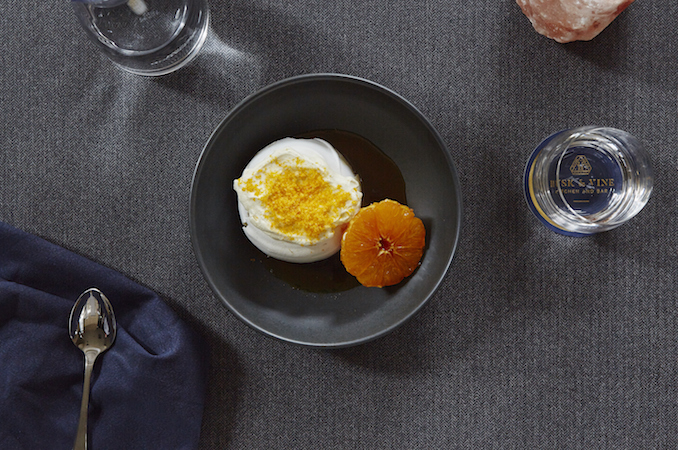There are many different fruits and berries that we can try in autumn. Some of them will be transported to our countries in winter. We are going to talk about amazing delicious oranges that have many useful vitamins. They can save you from stress during the daily routine or tough games at the online casino.
Historical notes
Orange is the fruit of the orange tree. It’s hard to believe, but historically an orange is a hybrid of a mandarin and a pomelo. However, it appeared so long ago that now no one remembers its hybrid origin. It is known that oranges were cultivated in China as early as 2.5 thousand years BC.
The orange is a round citrus fruit with an orange peel, sometimes with red streaks. Its flesh is sour, light orange, or dark red, divided into slices. There are oranges with and without pits.
Oranges appeared in Europe in the 15th century; they were brought from the East by Genoese or Portuguese merchants. In the 16th century, it was considered fashionable in Central Europe to grow orange trees in the so-called greenhouses. For many centuries, the orange remained a rare, exotic fruit in Europe. These fruits were either turned into candied fruit or used primarily for table setting. They were presented as a gift, especially to the sick, and the donor of oranges was considered a refined and non-poor person.
Vitamins and their use
Oranges are fruits with a fairly high content of vitamins, especially C, B1, and P. Their use prevents the development of vitamin deficiencies. Oranges contain up to 12% sugars, organic acids (0.6–2% citric acid), a large number of pectin substances (up to 12% in the pulp, up to 16% in the outer layer of the peel, and up to 30% in the inner layer of the fruit peel). Of the mineral substances, calcium, potassium, and phosphorus salts predominate, and there is a little iodine. Orange is a supplier of inositol (vitamin B8), which regulates fat metabolism in the body, lowers cholesterol levels in the blood, reduces vasospasm, normalizes intestinal motility, and promotes the removal of toxins. Orange is low in calories (41 kcal per 100 g).
Varieties
Currently, there are several dozen varieties of oranges in the world. Many varieties are characteristic of specific areas. There are several groups of orange varieties.
Ordinarily, they are also light gourmet. They can vary in shape (round or slightly elongated), size (from small to large), taste, and color. Bones are usually present, sometimes in large numbers. The flesh is usually yellow, often with an orange tint. They can be both very juicy and dryish, both sour and sweet and sour.
Navel oranges are the second variety. The fruit is usually large, and beautiful and has a characteristic umbilicus at the top of the fruit. The skin is usually thin, smooth, and shiny. The color is bright orange. There are usually no bones. There are navel oranges, as a rule, more expensive than oranges of ordinary varieties.
Kinglets with blood-red flesh, small and very sweet. Kinglets come from Italy, from the island of Sicily. Now, however, they are grown in other countries, including the USA, Spain, Morocco, and Tunisia. The fruits are usually medium in size, and the skin is orange, sometimes with a reddish tinge or reddish spots. They usually don’t have bones. The flesh is juicy, its colour is from red to blood red and burgundy. Sometimes the flesh is orange or yellowish with red streaks. The colour of the pulp is due to the presence of a large number of anthocyanins. Red oranges are high in iron and vitamins.

